reframing the world
dan edwards: sari braithwaite, human rights arts & film festival
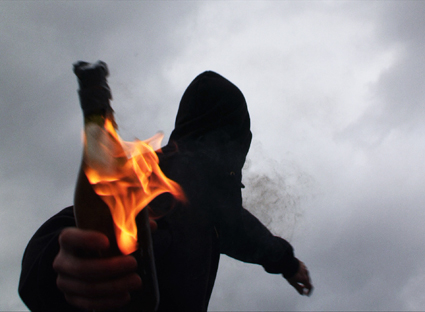
Informant
IF A HUMAN RIGHTS FILM FESTIVAL BRINGS TO MIND IMAGES OF PO-FACED, POORLY MADE ACTIVIST VIDEOS THEN THINK AGAIN.
Evolving from humble beginnings in 2007, the Human Rights Arts and Film Festival now profiles some of the most innovative documentaries from around the globe, along with a sprinkling of equally provocative dramas and exhibitions. On the eve of the festival’s sixth edition, Dan Edwards talked with programming manager Sari Braithwaite about her curatorial philosophy, and the sticky role of the arts in human rights debates.
First I’d like to ask what you see as the relationship between art and human rights? The relationship between them is not necessarily obvious.
The problem with human rights, particularly for Australians, is that they can often come across as common sense and be taken for granted. They can seem simple and not worthy of interrogation. That’s where the arts can come in and play with those ideas, let them be interrogated through storytelling and complicated by the everyday. Which is exactly what human rights discourse needs—it needs to be robust and fluid and people need to be part of the conversation, otherwise those rights run the risk of being taken for granted and not protected. So we are all about creating conversations and debate…a festival that has to balance issues with really great, innovative filmmaking. But the filmmaking really has to stand out, otherwise you lose people’s attention to the issue.
One of the things I found interesting about last year’s program was that documentaries like Planet of Snail, about a blind Korean writer, were wonderful films, but did not necessarily talk about human rights in an obvious or explicit way. How do you go about choosing films specifically for this festival?
What I loved about Planet of Snail (Seungjun Yi, Finland, Japan, South Korea, 2011) was that it was a beautiful story. By knowing these people you have insight into a disability that you don’t usually get—that’s the core right there. When you’re talking about human rights it’s not a particularly good idea to ram issues down people’s throats and to make the world seem hard, or problems seem unsolvable. It’s really important to show stories where people are empowered, where you see resilience, courage and ingenuity. Hopefully audiences walk out of the cinema and have a discussion, or maybe a fight about the film, then three months later maybe they have another discussion. That’s the kind of programming I really like to see happen. That’s why we put a large emphasis on guests, forums and post-screening events. People go in, see a film and they want dialogue.
So what do you think distinguishes HRAFF from something like the Antenna Documentary Festival in Sydney, or the big festivals like MIFF?
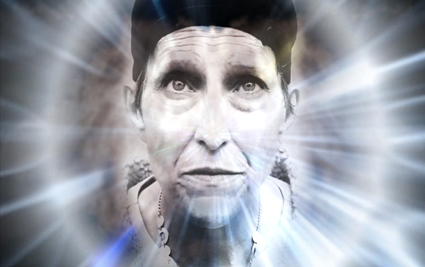
Walk Away Renee
I think HRAFF is a really good opportunity to reframe films—something like Planet of Snail is a good example—that you might not normally consider in the human rights context. This year we have Jonathan Caouette’s Walk Away Renee (USA/France, 2012), which is his follow-up to Tarnation (US, 2003). So much discussion about Jonathan Caouette focuses on how he plays with form, about how he was a first generation i-movie superstar filmmaker. But actually the relationship with his [mentally ill] mother in those films is really important and interesting in a human rights context. So we’re using Walk Away Renee to explore mental health, along with complex questions about representing mental illness on screen.
Although you feature some dramas, most of the films in the festival are documentaries. Is that a deliberate choice?
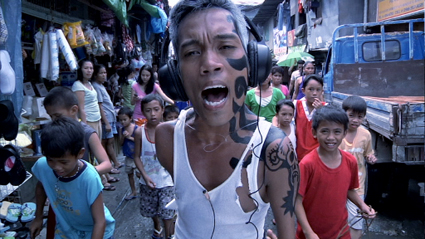
Mondomanila
Documentaries can be really powerful in exploring issues while telling a good story, but it’s also about what documentary filmmakers are interested in, because so many come from a social justice point of view. But as soon as there is an interesting narrative then I’m all for it. We’ve got Mondomanila (Khavn De La Cruz, Philippines, 2012) which is in exploitation film style—totally new territory for HRAFF, and really pushing our audience to think about what a human rights film is. It’s divisive, but it’s also really exciting to have those types of works in the program.
If you were asked to choose two or three films to see in this year’s program, what would you recommend?
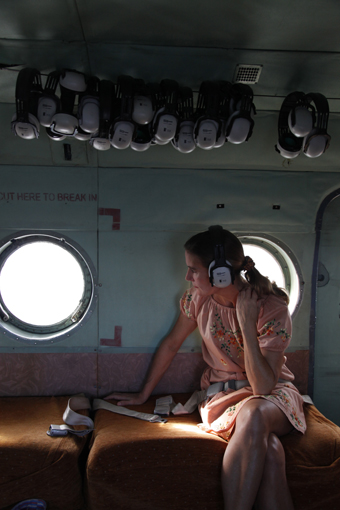
Alias Ruby Blade
The opening and closing night films this year are really special, and again there will be events around them. Alias Ruby Blade (Alex Meillier USA/Australia, 2012) is about Kirsty Sword, the young Melbourne woman who went to East Timor in the 90s, became part of the clandestine rebel movement there and started a relationship with Xanana Gusmão while he was in prison. So that’s a really great one for Australian audiences, because it connects us so closely with our nearest neighbours. For closing night, In the Shadow of the Sun (Harry Freeland, UK, 2012) is a really beautiful film about Josephat Torner—a man from Tanzania with albinism who travels the country trying to confront deep superstitions after a wave of murders of albinos.
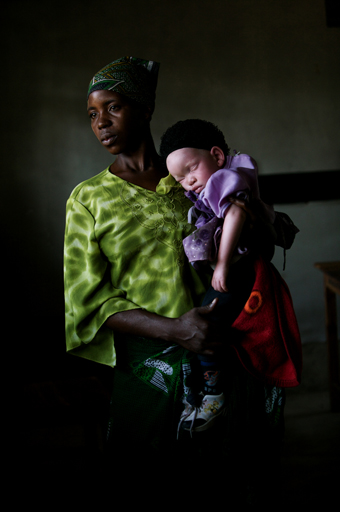
In the Shadow of the Sun
My narrative highlight has to be My Brother the Devil (UK, 2012), a coming-of-age story about two brothers living in the Hackney housing estate, from a first time British writer-director Sally El Hosaini. For documentary lovers, Informant (Jamie Meltzer, USA, 2012) is a really innovative exploration of how a leftist activist turned to work for the FBI. I’m also very proud of our Australian Shorts program, which showcases the astounding Silent Night (Best Film, Cockatoo Island Film festival, 2012, Margaret Lawrence Social Justice Award), a film about sexual assault by local filmmaker Bec Kingma.
It’s a diverse program. I think it’s really important in a human rights film festival to make people laugh and to feel a sense of joy and hope. It’s about showing what’s amazing, resilient and special about people in really tough situations—not just as victims, because then everyone’s disempowered, and I don’t think that’s what art is for. Art can help you re-frame and see things in different ways, and that’s exactly why HRAFF is so useful and important.
The Human Rights Arts and Film Festival, Australian Centre for the Moving Image, Melbourne, 9-23 May, http://hraff.org.au.
A selection of films will tour Sydney, Canberra, Perth, Brisbane and Alice Springs during May-June, see http://hraff.org.au for city programs.
RealTime issue #114 April-May 2013 pg. web






